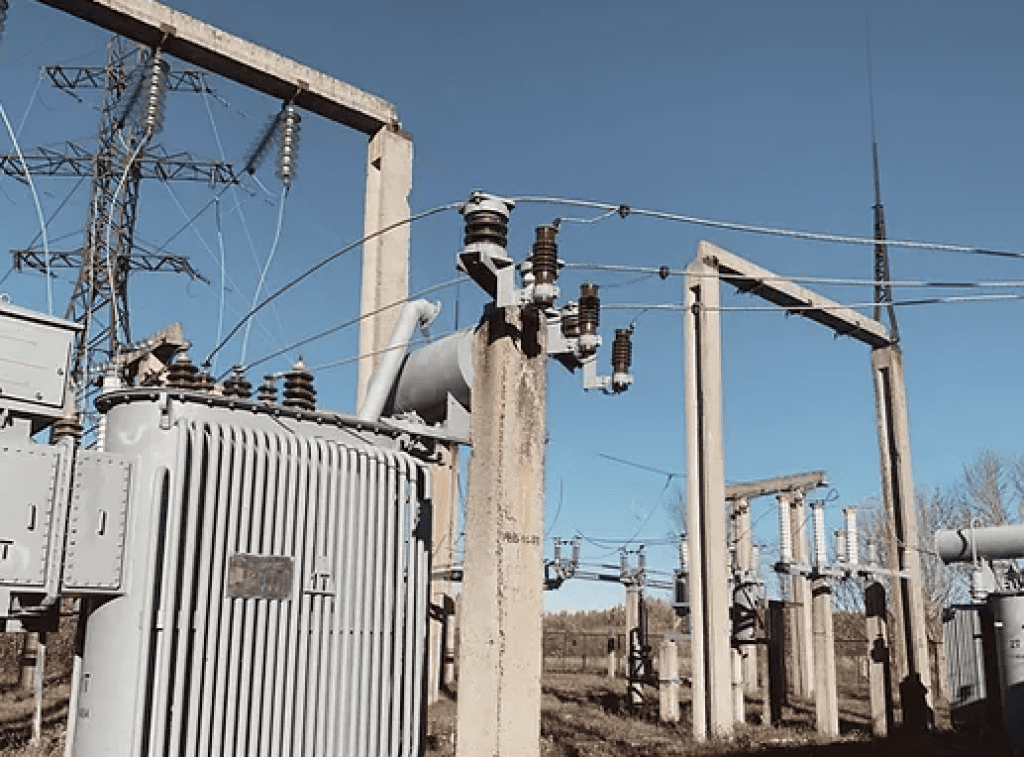The Future of Substation Security: Embracing AI-Powered Solutions for Utility Companies
A modern town without power—shuttered stores, empty parking lots and useless traffic lights—can resemble an eerie, dystopian future where residents struggle to get what they need. This is the short-term reality for localities that have been victims of targeted substation attacks, which have been rising steadily for the past decade.
COMMENTARY
At best, these widespread power outages are significant inconveniences. At worst, they can be life-threatening, especially in colder climates and among vulnerable populations.
The rise in physical attacks on this critical infrastructure highlights the need for enhanced security measures to safeguard the nation’s power grid. But are utilities thinking big enough? Are taller fences and 24-hour surveillance enough to keep attackers from significantly damaging the nation’s power infrastructure? Artificial intelligence (AI)-powered technologies are bringing a new layer of visibility and threat detection to the power grid. Threats continue to make substation security a priority for utility decision-makers who should not overlook new technology as a pivotal solution.
Limitations of Traditional Security Solutions
Traditional security measures like perimeter fencing, surveillance cameras, and access controls have limitations and attackers are routinely able to get around them. To date, substation security has relied on human monitoring, which leaves utilities vulnerable to errors, fatigue, and delays in incident response. Additionally, with the limited resources challenging every utility, the sheer scale of the electrical grid makes it almost impossible to monitor and secure every substation effectively.

Utility executives have new weapons, including AI and machine learning, to enhance the defense of existing security solutions. But the bad guys are getting smarter too, and utilities have to stay at least one step ahead.
AI is transforming the speed and quality in which mundane, repeatable tasks are performed across industries, and substation security is no exception. By harnessing the power of AI, utility companies can transform the approach to their security infrastructure and mitigate the risks associated with physical attacks on substations. AI-powered systems can provide real-time monitoring, threat detection, and rapid response capabilities, ensuring a proactive and robust security posture.
Real-Time Monitoring and Threat Detection
According to a report from Insider, attacks on four substations in Tacoma, Washington, cut power on Christmas Day 2022 to 14,000 customers and caused upward of $3 million in damage. The only thing stopping the vandals from tampering with the suburban equipment was a chain link fence, easily bypassed with bolt cutters, and a sign warning that the area was being surveilled. On that day, however, the camera pointing directly at the electrical panel wasn’t active.

AI-powered security systems leverage advanced algorithms and machine learning techniques to analyze vast amounts of data collected from sensors, cameras, and other sources, some of which utilities are likely already utilizing. By continuously monitoring substation environments, these systems can immediately alert utilities when anomalies, unauthorized access, and suspicious activities are detected. This proactive approach allows local authorities and utility companies to respond swiftly to potential threats and prevent security breaches before they escalate.
A key differentiator for AI’s use in substation security is its ability to leverage predictive analytics to identify potential risks and vulnerabilities. By analyzing historical data, weather patterns, and other relevant factors, AI-powered systems can predict potential threats, such as natural disasters or targeted attacks, and recommend proactive measures to mitigate those risks. This predictive capability enables utility companies to allocate resources effectively and implement preventive measures to safeguard their critical infrastructure.
Enhanced Incident Response and Recovery
In the event of a substation attack, AI-powered systems can significantly enhance incident response and recovery efforts. Leveraging RGB (a lighting system) and thermal imaging, the technology can automatically generate alerts, notify security personnel, and provide real-time situational awareness to facilitate quick decision-making. AI algorithms can assist in prioritizing response actions, optimizing resource allocation, and coordinating with law enforcement agencies. This streamlined incident response process minimizes downtime, reduces the impact on customers, and expedites the restoration of power services.
While the benefits of AI-powered substation security solutions are evident, utility companies may face certain barriers to their adoption—including concerns about cost, interoperability with existing systems, and resistance to change. The increasing frequency and sophistication of attacks on substations demands change and the risks of not embracing AI-powered solutions far outweigh the perceived challenges.
Utility executives, including CEOs, CTOs, and CFOs, must go a step further and address these barriers to ensure the security and resilience of their energy infrastructure. Additionally, utilities may soon butt up against increased regulatory pressure as lawmakers in states such as North and South Carolina have proposed bills that would mandate better security requirements for electrical systems.
Cost Considerations and Return on Investment—AI investment can be costly but should be viewed as a long-term strategy to protect critical infrastructure and avoid potential financial losses due to security breaches. A single substation attack can cost a utility tens of millions of dollars in repairs and environmental damage. AI-powered systems can provide a significant return on investment by minimizing downtime, preventing equipment damage, and avoiding costly legal and regulatory consequences.
Interoperability and Integration—True adoption of AI-powered solutions requires compatibility and integration with existing security systems and infrastructure. Utility companies may have invested in legacy systems that are not easily compatible with new technologies. But, with proper planning and consultation with industry experts, it is possible to integrate AI-powered solutions seamlessly into the existing security ecosystem. Further, utilities that embrace AI reap the benefits of a model that is trained on global data, providing better anomaly prediction than data contained in a silo. This integration can enhance the effectiveness and efficiency of the overall security architecture.
Change Management and Workforce Training—Resistance to change and lack of awareness among employees can hinder the successful implementation of AI-powered substation security solutions. Utility company executives must prioritize change management initiatives and provide comprehensive training programs to familiarize employees with the new technologies and their benefits—fully integrating the technology into the daily workflow. By involving employees in the transition process and highlighting the advantages of AI-powered solutions, utility companies can overcome resistance and foster a culture of innovation and security—one that is better prepared to integrate with our all-digital future.
Embracing AI-powered solutions means an added level of security and risk management for the already overburdened and vulnerable power infrastructure. Utility executives must recognize the urgent need to address the growing threats to electrical substations and double down on their investments in advanced technologies to enhance their security posture. The time to act is now, as the threat landscape continues to evolve, and the consequences of delayed action could be severe.
—Eddie Williams is a director with Buzz Solutions, a company that enables efficient power utility infrastructure inspections leveraging artificial intelligence and machine learning. Prior to Buzz Solutions, Williams spent seven years in director and VP level roles at Oracle, where he helped clients maximize the value of various cloud and emerging technologies. He was previously Global Vice President of Enterprise Sustainability Solutions at Talisen Technologies.